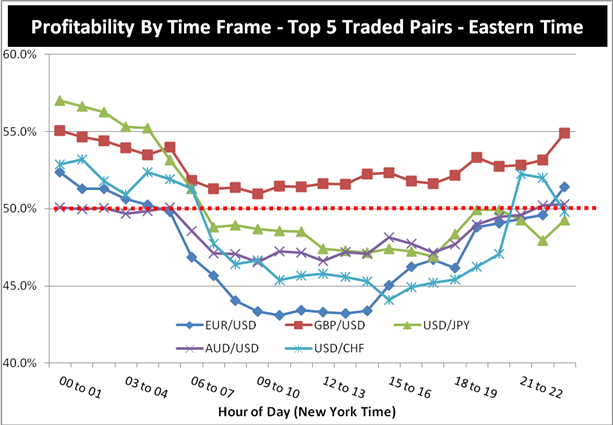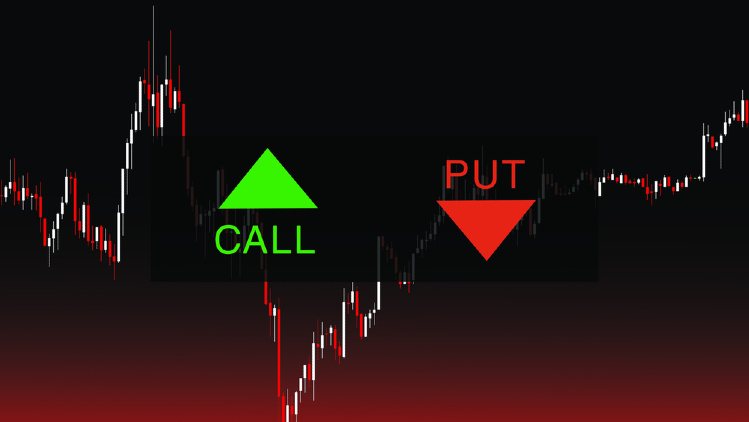As a newbie in the world of investing, you may have heard whispers about the thrilling and potentially lucrative realm of options trading. While the allure of multiplying your wealth can be enticing, venturing into this complex arena requires a solid foundation and a hefty dose of caution. In this comprehensive guide, we embark on a journey to unravel the mysteries of options trading, equipping you with the knowledge and confidence to make informed decisions.

Image: www.dailyfx.com
What Are Options?
Options are financial instruments that grant you the right, but not the obligation, to buy or sell an underlying asset at a predetermined price within a specific time frame. It’s like having a lottery ticket that gives you the option to cash in on a potential jackpot – but without the guaranteed win.
Types of Options
There are two main types of options: calls and puts. Calls give you the right to buy an asset, while puts confer the right to sell. Imagine you’re eyeing Apple shares trading at $100. If you think their value will rise, you can buy a call option with a strike price of $110 (i.e., the price you have the right to buy at), allowing you to potentially profit if the stock surpasses $110 before the option expires.
Factors Influencing Option Prices
Understanding the factors that influence option prices is crucial. These include:
- Underlying asset price: The current market value of the stock, bond, or other asset upon which the option is based.
- Strike price: The predetermined price at which you can exercise the option.
- Expiration date: The date by which you must exercise or sell the option contract.
- Volatility: The expected fluctuations in the underlying asset price.
- Interest rates: Rates can impact the cost of holding the option contract.

Image: taihasegin.blogspot.com
Practical Tips for First-Timers
- Start small: Dip your toes in with modest investments to minimize potential losses.
- Focus on understanding: Before making any trades, delve deep into the concepts of options trading to avoid costly mistakes.
- Manage risk: Remember that options trading carries inherent risks. Limit your exposure by setting clear boundaries and using strategies like stop-loss orders.
- Consider seeking professional guidance: If navigating the complexities of options trading feels daunting, consult with a reputable financial advisor.
- Embrace the learning curve: Success in options trading requires continuous learning and adapting to market dynamics.
Expert Insights
-
“Options trading can be a double-edged sword. While it offers the thrill of potentially multiplying your profits, it also carries significant risks. Approach it with caution and a thorough understanding.” – Benjamin Graham, renowned investor and author
-
“The key to successful options trading lies in understanding the interplay between volatility and time decay. Mastering these concepts can help you make informed decisions.” – Mark Douglas, trading psychologist and author
Trading Options For The First Time

Image: www.irafinancialgroup.com
Conclusion
Trading options for the first time can ignite a sense of excitement and trepidation. By equipping yourself with the fundamentals outlined in this guide, you’ll be better prepared to navigate the market’s inherent risks and harness the potential for substantial gains. Remember, knowledge is the pillar upon which successful options trading stands.






